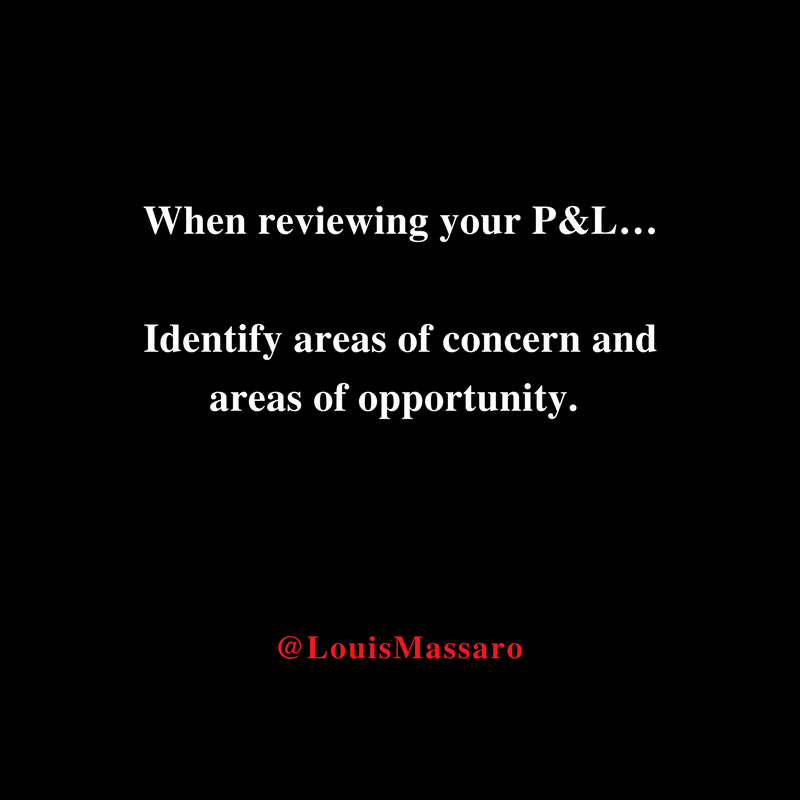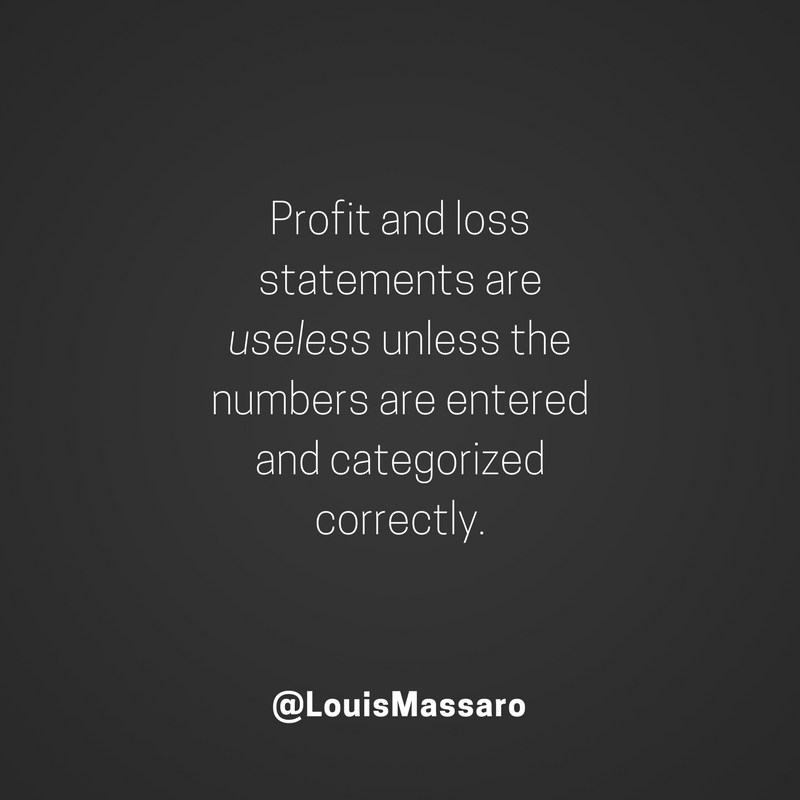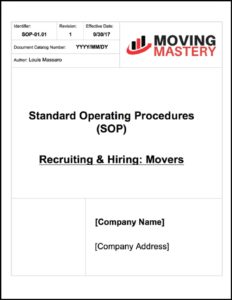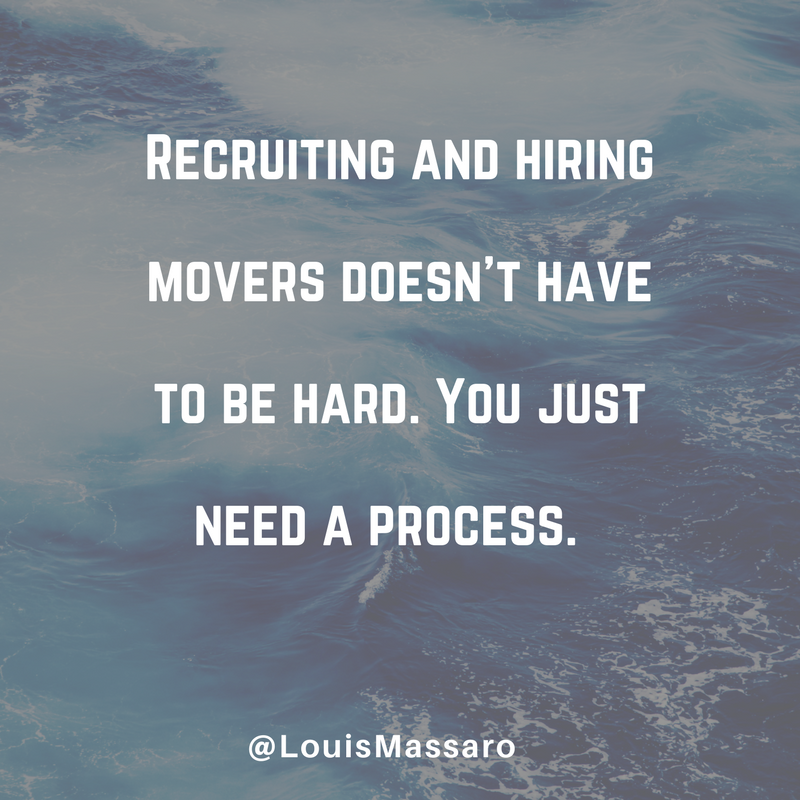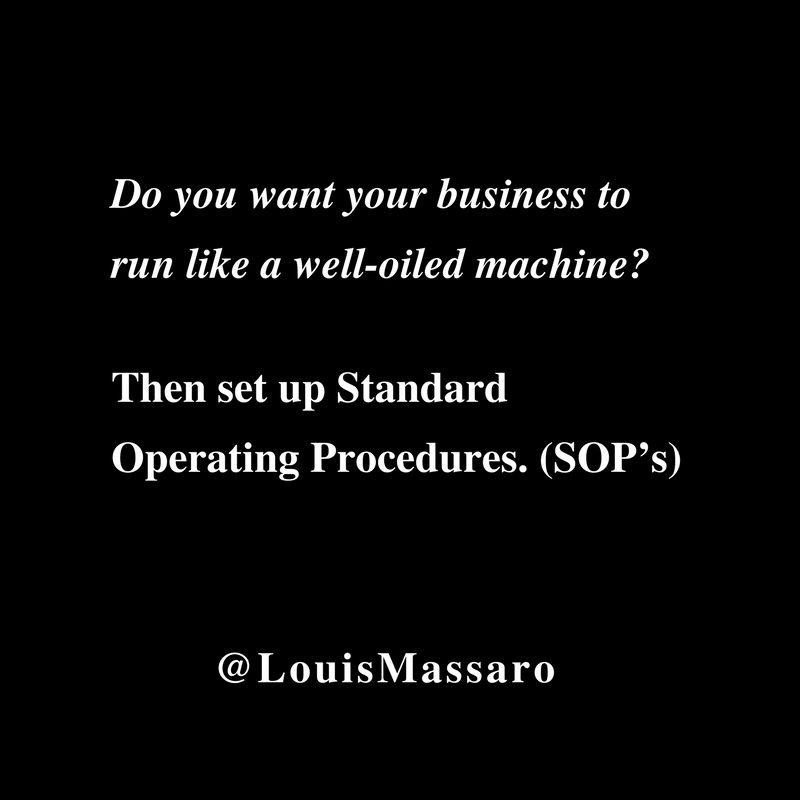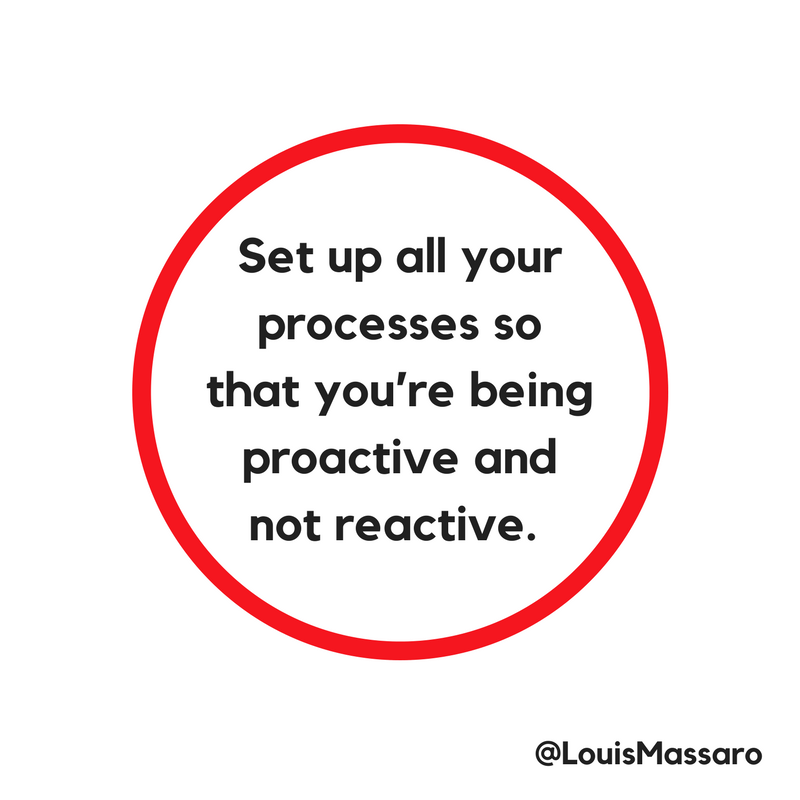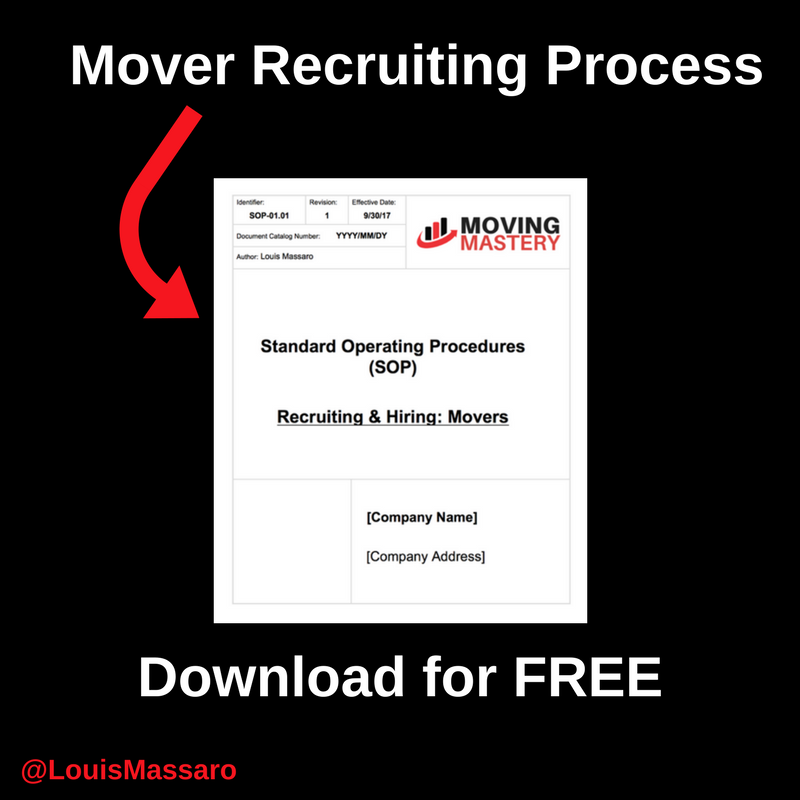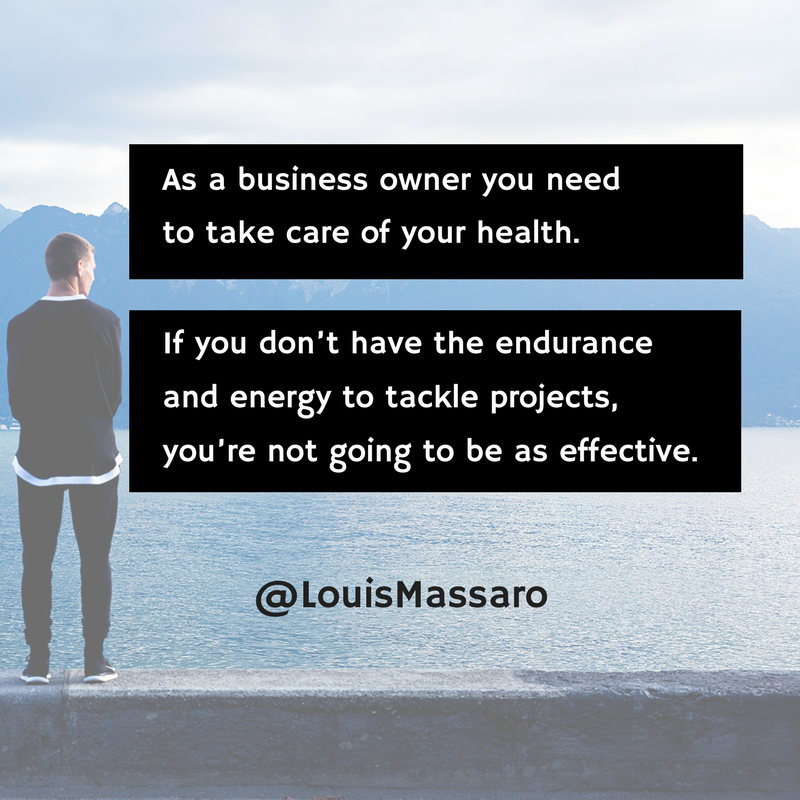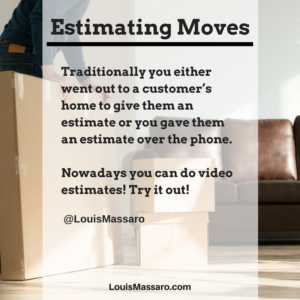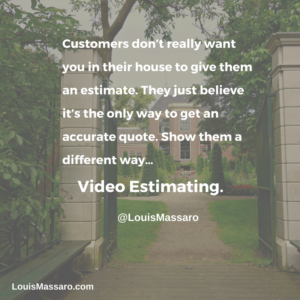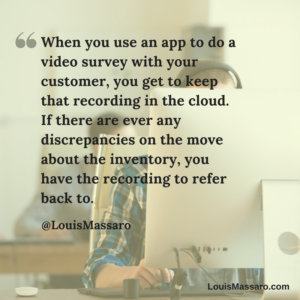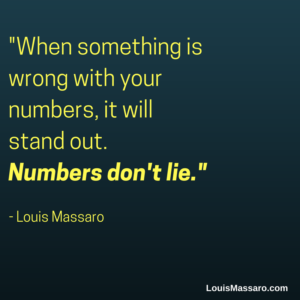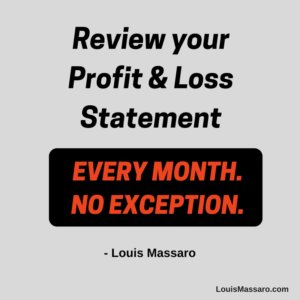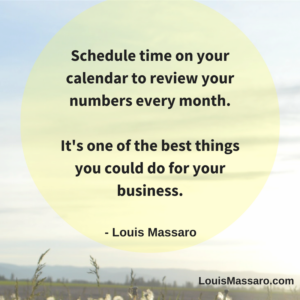[fb_button]
5 Steps to Schedule Your Priorities For Success
- Establish your priorities – Before you can get to the next level and achieve your goals, you need to get crystal clear on what your priorities are. What are the things that you need to be working on that will make the biggest impact?
- Determine the tasks – Once you are clear on your priorities, you need to break them down into tasks. If your priority is to increase sales by 30%, what are the steps you need to take to do that?
- Put each task on your calendar – It’s not enough to just know what steps you need to take, you need to make sure they get done. The best way I know how to do that is to get them on the calendar. Create blocks of time where you will work on the most important things that will move the needle forward in your business.
- Schedule a set time for email – Email is a distraction that needs to be managed. Unless you’re in customer service or sale, you should only check your email twice per day. Once in the morning and once in the late afternoon or evening. If you’re going to accomplish your goals you have to guard your time to focus on priorities. Your inbox is a nice organizing system for other people’s priorities.
- Schedule meetings, appointments, and commitments – Your calendar should be a reflection of what you are actually doing each day. Not a to-do list but a guide of where to be and when. get all of your meetings, appointments, and commitments on the calendar. This way you know what time you will and will not be available to work on other priorities.
You can’t manage time, you can only manage yourself within the time that you have. Being busy won’t get you to the next level. Working on the right things with the time you have and cutting everything out of your day will. Guard your time like it’s the most precious resource you have and get your priorities on the calendar.
Watch the video above for the full episode.
[fb_button]
Like this episode? Please share it! My blog and videos are ad-free ONLY because you share my work!
How can I help? What challenges are you facing in your business? What areas could you use some tips in?
Leave me a comment below and I will be more than happy to get back to you or post a video on the topic.
Follow Louis on Instagram for daily tips and motivation to grow your moving company.
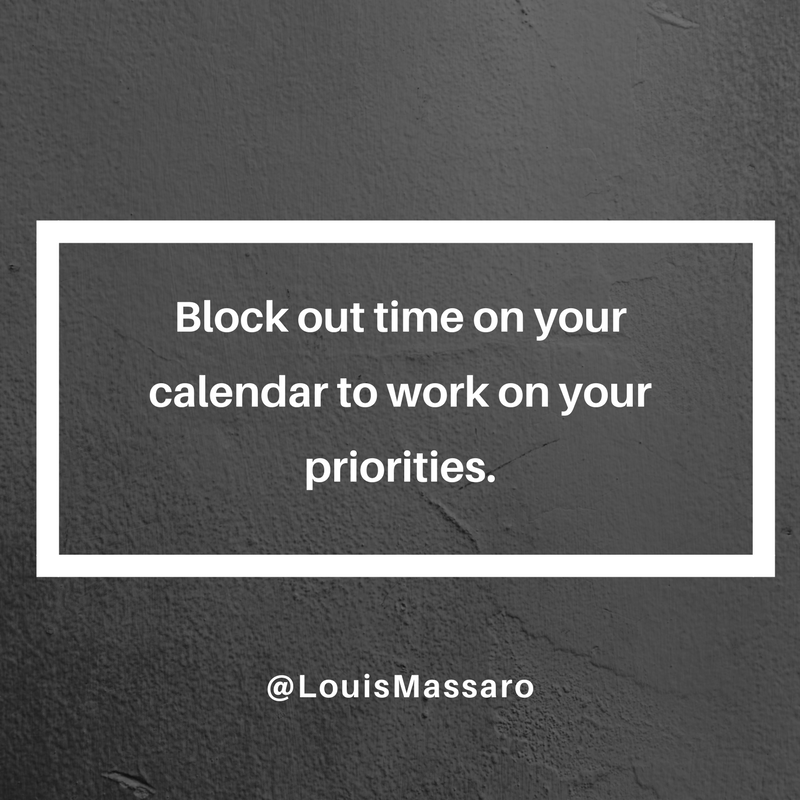
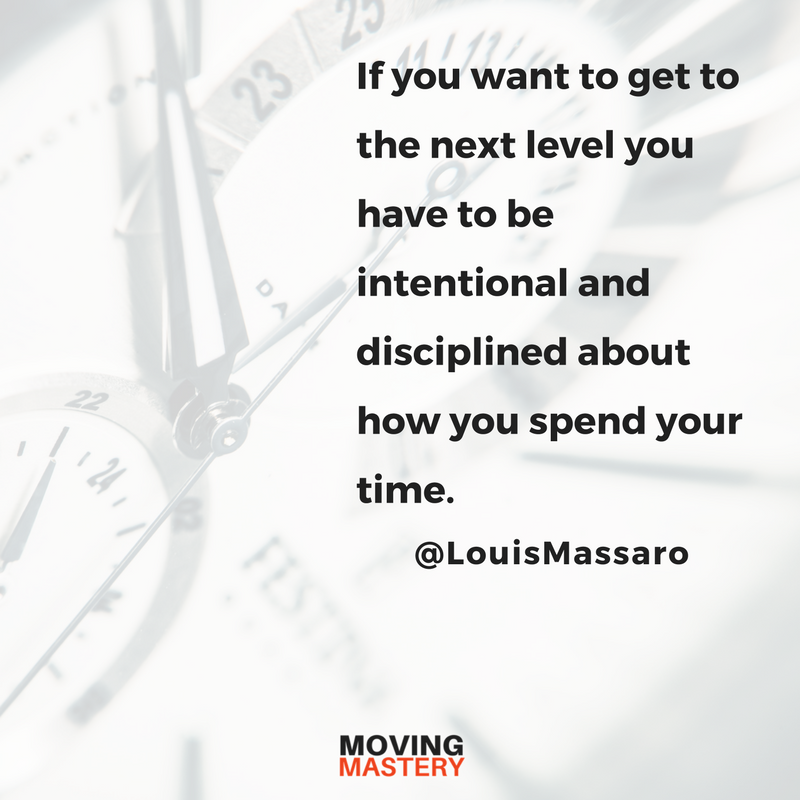

Full Transcript
[The following is the full transcript of this episode.]
Hey, my friend, it’s Louis Massaro, CEO of Moving Mastery and founder of Moving Sales Academy. When I’m working with my one-on-one coaching clients, the first thing we do is we establish where they are now. What level their company’s at, what’s going on, what kind of revenue they’re doing, what their infrastructure looks like? And then we talk about where they wanna take their company. What level do they wanna get to, how big do they wanna grow, how much money do they wanna make? And then we break down a step by step plan to get them there.
Well, after we break down the step by step plan, we need to make sure that those steps are implemented. I wanna see those steps on the calendar, I wanna see them actually put them on the calendar and block out time to start working on what really matters to move their business forward. ‘Cause listen, we all know that it’s way too easy to just show up at work, show up at your office and be totally inundated with other people’s problems, other people’s priorities. And even though it’s your company, you have to stay focused on what’s really important and what’s really gonna take you to that level that you wanna get to. And if you’re gonna do that, you have to be intentional about it and you have to be disciplined about it. And it has to be on your calendar, because if it’s not on your calendar, no matter how much motivation you have, no matter how much hard work you have, no matter how much hustle you put in, you’re either not gonna get there or you’re not gonna get there as quick as you could if you’re intentional about scheduling the stuff that matters on your calendar to really move your business forward.
I wanna talk about the importance of putting your priorities on your calendar and getting ’em handled. First thing you wanna do is establish your priorities. What three things are gonna really make a huge impact? What three things that if you got them done, would just put you so much further and so much closer to your goal that it would just make a tremendous impact on your business? You have to know what your priorities are because it’s, again, it’s too easy to show up and also and this person calls in and wants to talk about this or this person emails you and wants to talk about that. You have to stay focused. As the leader of your company, you have to know what your priorities are and know what you’re working towards every single day.
Then, once you know the priorities, you have to determine the tasks. If your priority is that you wanna grow a company to $10 million, you have to break that down. How are you gonna get there? You can’t just go, “I’m gonna work hard every day until one day I come up for air and I’m at $10 million.” You need to have a plan for getting there. Once you establish your priorities then you break it down into tasks. What are the steps that it’s gonna take? Who needs to do the steps? Are they you? Or are you’re gonna delegate certain steps? Once you have the steps, you need to put ’em on your calendar. This is so important. I know a lot of people… This was me for a lot of years. I didn’t learn this for years. I had several offices open by the time I learned this strategy and I can tell you, it was a game changer for me.
It’s one thing to have a list. When I first started, I’d literally get a legal pad out and just make a list of all the stuff I needed to do to accomplish my goals. I’d list it all down on several sheets of paper and just start crossing it off, crossing it off as it got done. And it was effective for the most part and if you’re doing that now, I’m sure it’s effective for the most part. But if you wanna reach the level of success that you’re trying to get to quicker, and you wanna get there for sure, you need to make sure that the things that need to get done are blocked out on your calendar to get accomplished.
Let me just tell you what I mean by this. For example, Monday morning when you come into the office, you have your calendar and you know I’m working on this specifically. If one of the things you know you need to do is work on your marketing campaign, you’re gonna block off an hour, hypothetically, okay. It all relates on how much time each task needs. But the point is, your calendar, your electronic calendar on your computer is literally gonna have blocks of all the tasks. Instead of just having them on a sheet of paper, you’re gonna have them in specific time blocks to where you know what you need to do. From 8:00 to 9:00, you’re working on this. From 9:00 to 12:00, you’re working on this. And every week you’re gonna wanna plan that out to make sure that it’s on the calendar. Because if it’s not on the calendar, you’re not gonna get as much done and you’re not gonna get as much done quickly and you’re gonna end up falling victim to dealing with other people’s priorities. You’re gonna end up falling victim to answering and responding to emails that are other people’s priorities and not your priorities. You need to take charge, be disciplined and intentional about what you do with your day.
What makes the difference between the people that really succeed at high levels and the people that are constantly falling short of where they wanna grow to. Because listen, we all have different goals, we all have different dreams, there’s no right or wrong answer. Your goal may be, “I just wanna make enough money to take care of my family and live comfortably.” And if that’s your goal, cool. If your goal is, “Hey, I want a $100 million company,” and that’s what you feel you wanna shoot for, cool. The idea is that whatever it is, you need to be intentional about getting there. You can’t just show up to work, work hard, and think that it’s gonna happen. Having specific things on the calendar is a game changer. Then what you wanna do is once you basically schedule out the priorities, all the things, all the tasks that you need to do to reach that level of achievement that you wanna get to, or accomplish a certain project or a certain goal are on the calendar, schedule a set time for emails, okay?
There’s no reason that you should be responding to emails all day, every day. This is a trap that’s holding so many people back. And as a business owner this should not be you. Unless you are at a level where you’re dealing with sales, or you’re dealing with customer service where you need to respond to people immediately, there’s no reason that you should be checking your email more than three times a day. Two times a day, ideally. Once in the morning, once in the evening. For me, I do a spot check in the morning to make sure there’s nothing important. Then I go to work and I handle my priorities. I work on the things that are gonna move my business forward. And then at the end of the day, I have a block of time on my calendar set to process emails. Not check them, process them, go through them, respond. If I need to set up a certain task and put it on my calendar for some time in the future, I’ll do that. If I need to set a meeting with somebody and put it on my calendar, I’ll do that. But I process my emails and I’m done with them.
You know why? Your emails are not your priorities. Unless you’re waiting for a response from somebody on a specific item that’s part of your priorities that’s gonna help you move forward, it’s other people’s priorities. It’s what’s important to them. And if you’re gonna lead and you’re gonna be a leader and grow your company, you need to stay… Again, discipline on your priorities and not worry about what everybody else has going on. Don’t worry about if you don’t answer them back right away. You don’t need to put an autoresponder and say, “I’m gonna email you back tomorrow or the end of the day.” Just have your set time of working on emails. Make sure your staff knows that you only respond to emails at this certain time. And make sure they know how to get a hold of you otherwise. If they have an issue, they need to text you. If they have an issue, they need to call you. If they have an issue, they need to come to your office. Let them know you’re not checking emails all day. Only if you’re dealing with customer service, only if you’re dealing with sales should you be on your email all day. This is a time killer and it’s keeping people away from achieving their dreams.
Then schedule meetings, appointments, and other commitments on your calendar. Your calendar should be what you do from the minute you wake up to the minute you go to sleep should be on your calendar. You go to the gym? When do you go to the gym? Put that on the calendar. You have a haircut on Thursday? Put that on the calendar. You have a meeting with your sales team Monday morning? Put it on the calendar. You have to know what you’re working with time-wise. We all have the same 24 hours in the day. You have to know what you’re working with and if you know, “Hey, Monday morning, I have a sales meeting with my staff, I need an hour at the end of the day for processing my emails, I’ve a meeting with whoever at noon.” Okay, you know what other times you have to work with so that you can schedule in your priorities. Fill up the calendar, fill up the time with stuff that’s really gonna move you forward.
And you know what? If something comes up and you need to move, you could literally drag and drop stuff and move it on your electronic calendar on your computer. Like Monday comes and something really comes up, don’t be nervous to schedule things. Because a lot of times what’ll happen is people will be nervous to schedule things on their calendar, ’cause they’ll say, “Well, what if something comes up? What if an emergency comes up?” If an emergency comes up you move whatever you had there to a different time spot. You don’t just cancel it, you find another time slot for it. This is so important. If you really want… Listen, you may be very, very successful. I was very successful before I ever learned this. Once I learned this, I became more successful and less stressful. That’s the key. This is gonna help you be in control of your day, which helps you to be in control of your life, which will help you to be in control of your business. If you have any questions, as always, leave ’em down below. Until I see you next week start putting stuff on your calendar. Go out there, profit in business, thrive in life. I’ll see you later.


